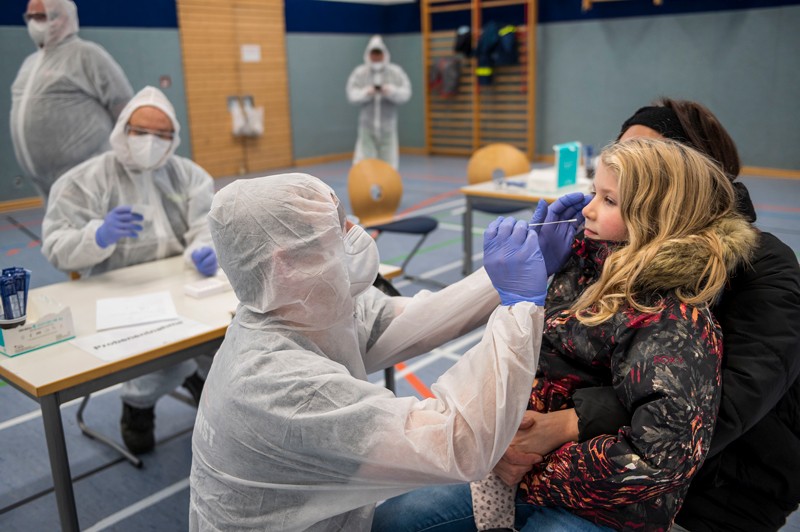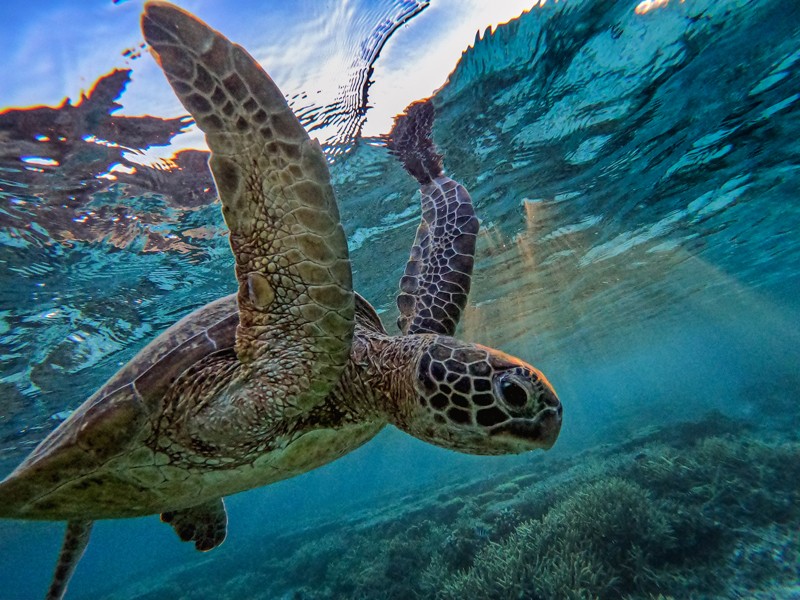Hello Nature readers, would you like to get this Briefing in your inbox free every day? Sign up here
Human stuff outweighs all life on Earth
The mass of human-made things just exceeded Earth’s total living biomass. Researchers compared the estimated dry weight of all living things on our planet — approximately 1.1 teratonnes, not including their water — with the estimated mass of all of our stuff, which is dominated by concrete and aggregates (such as gravel). With anthropogenic mass now doubling roughly every 20 years, the cross-over point has just been reached, give or take 6 years. Our buildings and infrastructure outweigh all the world’s trees and shrubs, and our plastic outweighs the dry weight of all animals. Of course, not all human-made things are created equal, whether in terms of their benefit to people or their environmental cost. “It’s not that infrastructure per se is bad,” says environmental anthropologist Eduardo Brondizio. “It’s how we do infrastructure that is the problem.”
Universal flu vaccine shows early promise
An experimental universal flu vaccine has shown good results in a small early trial. The vaccine targets the bottom part, or stalk, of the haemagglutinin (HA) proteins that stud the surfaces of influenza viruses. HA’s stalk is less prone to the mutations and gene swaps that make it so difficult for current vaccines, which target the head, to ward off all strains of the flu. The study shows for the first time that “you can develop a vaccine strategy that produces stalk-reactive antibodies in humans”, says virologist Florian Krammer.
Reference: Nature Medicine paper
Features & opinion
Accounting for sex and gender makes for better science
At the end of last month, the European Commission announced that its grant recipients will be required to incorporate sex and gender analyses into the design of research studies. The policy will affect researchers applying for grants that are part of the commission’s 7-year, 85-billion (US$100-billion) Horizon Europe programme, which is due to begin next year. “The inclusion of sex and gender analyses can also be revelatory,” notes a Nature editorial, and not accounting for it has been catastrophic in some cases, such as when women have not been included in drug safety trials.
C&EN’s molecules of the year
Grab a hot toddy (or a cold bevvy — I see you, Southern hemisphere!) and cosy up with the coolest molecules reported this year, as chosen by Chemical & Engineering News. From a 16-nanometre-wide molecular wheel — the largest aromatic ring ever synthesized — to a molecular machine that uses redox chemistry to thread rings two at a time onto a polymer chain, these molecules (and their accompanying diagrams) are the perfect reminder of the delights of discovery.
News & views
Cap and trade without infringing sovereignty
One of the knottiest problems faced by international agreements for tackling climate change is how to allocate mitigation efforts fairly across nations, without increasing the overall global cost, and without asking poor countries to accept large amounts of financial assistance that raise concerns about infringements of national sovereignty. Computational models show that moderate deviations from uniform carbon pricing could achieve the goal without straining either the economies or sovereignty of nations, writes international-affairs researcher Wei Peng. “The authors’ findings highlight an advantage of the Paris [agreement] approach,” writes Peng. “An equitable outcome can still be achieved when international transfers are reduced.”
"all" - Google News
December 11, 2020 at 01:31AM
https://ift.tt/2W0DRFp
Daily briefing: Human-made stuff outweighs all life on Earth - Nature.com
"all" - Google News
https://ift.tt/2vcMBhz
Bagikan Berita Ini

















0 Response to "Daily briefing: Human-made stuff outweighs all life on Earth - Nature.com"
Post a Comment